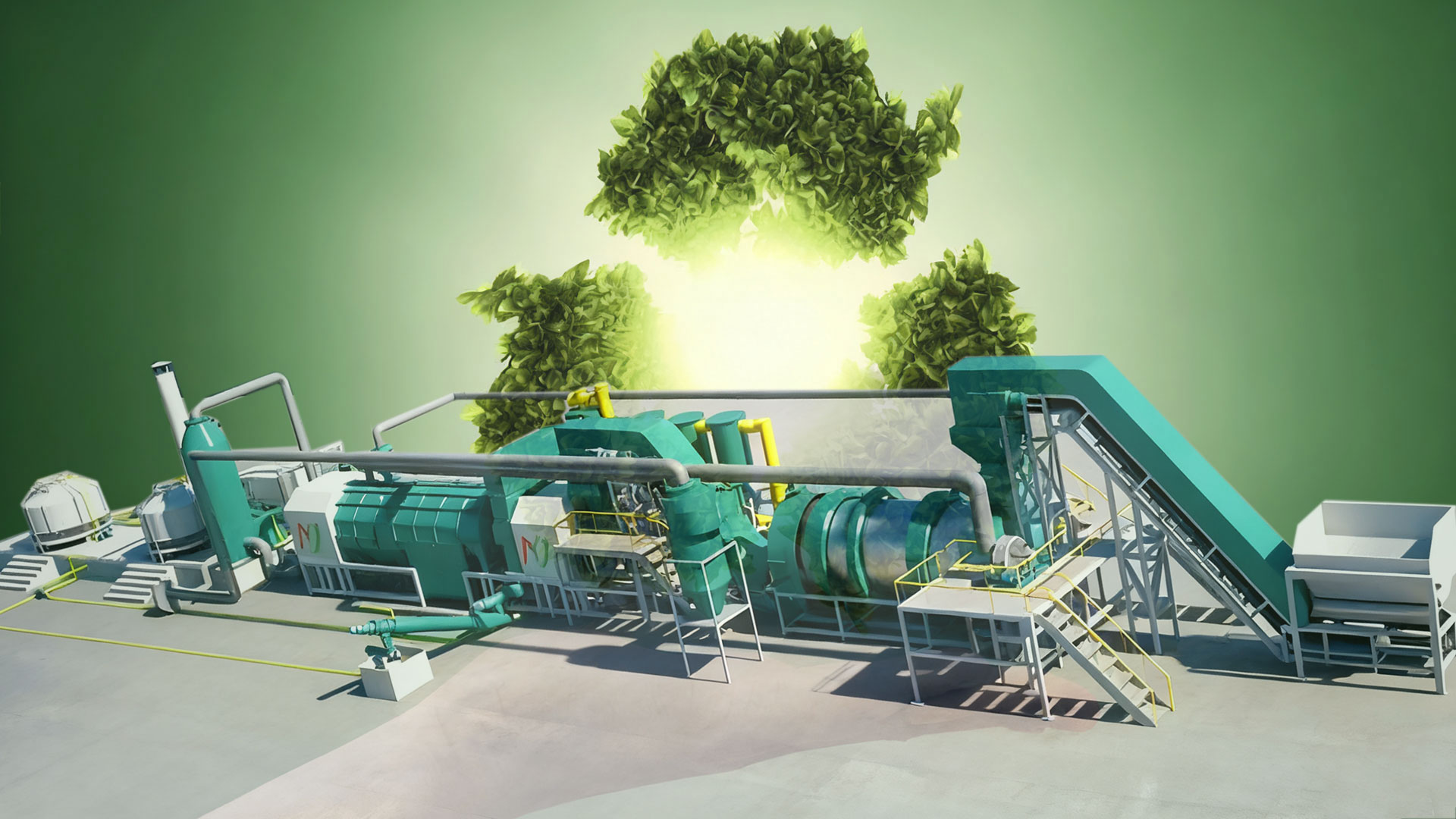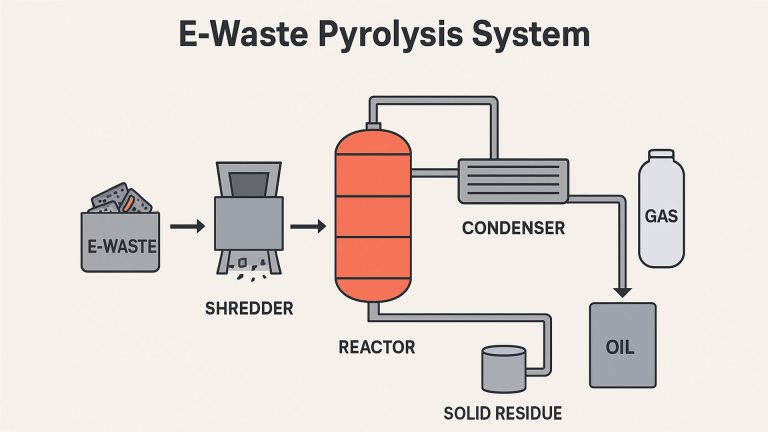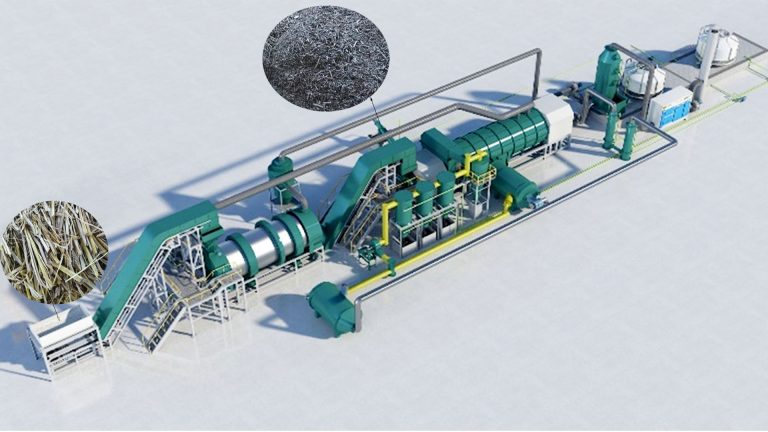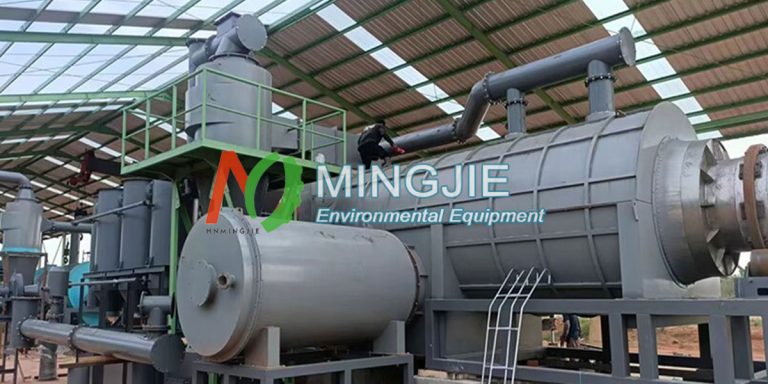Biochar production plant utilizes advanced continuous pyrolysis technology to process biomass, representing a significant evolution in traditional waste management methods. Biomass pyrolysis technology has a generally positive and significant impact on the global climate. It is considered a potential “negative emission technology” to combat climate change.
In the past, large quantities of biomass waste (crop straw, forestry residues, and livestock manure) were primarily disposed of through incineration and landfill. This releases significant amounts of greenhouse gases, exacerbating global warming. This not only wastes resources but also potentially causes environmental pollution.
Biomass pyrolysis plant offers a sustainable solution. It converts the biomass wastes into biochar, bio-oil, and syngas, effectively utilizing them as a resource. This not only reduces the negative environmental impact of waste, but also effectively reduces atmospheric carbon dioxide concentrations through biochar carbon sequestration. Biochar production plant contributes significantly to climate change mitigation.
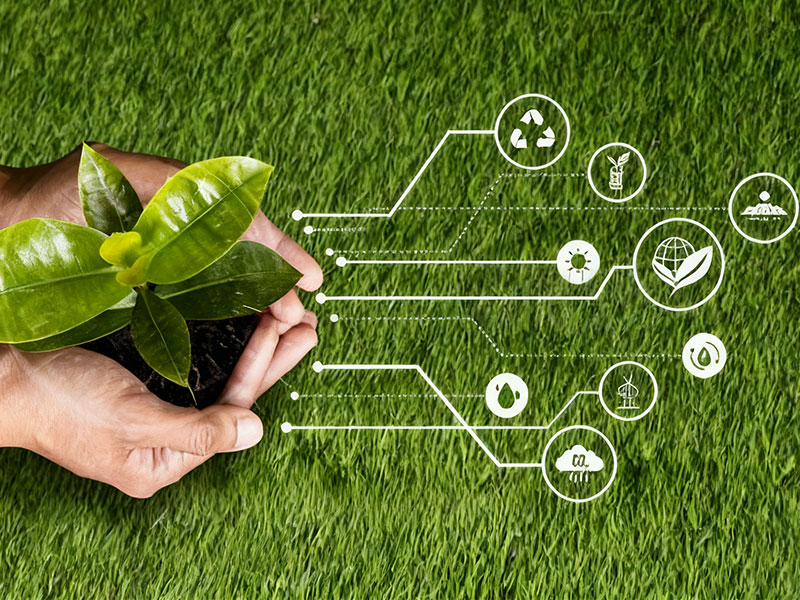
Biochar’s carbon sequestration function can secure large amounts of carbon dioxide in the soil, reducing greenhouse gas emissions. It contributes to achieving global carbon reduction targets.
As the carbon trading market gradually improves, the carbon reduction value of biochar will be further demonstrated. This will create new economic growth opportunities for biochar production plants. Some companies have begun exploring business models that combine biochar production with carbon trading. They generate carbon reduction revenue through the production and sale of biochar.
Biochar Production Plant for Sustainable Development
The rise of biochar production plants has provided an innovative approach to addressing environmental, agricultural, and energy challenges. It has profound implications for the sustainable development of human society.
As a clean, renewable energy source, biochar machine is gaining increasing attention for its application in the energy sector. Biochar can be used in biomass power generation, heat supply, and fuel cells. Biochar production plants offer a new option for transforming energy structures.
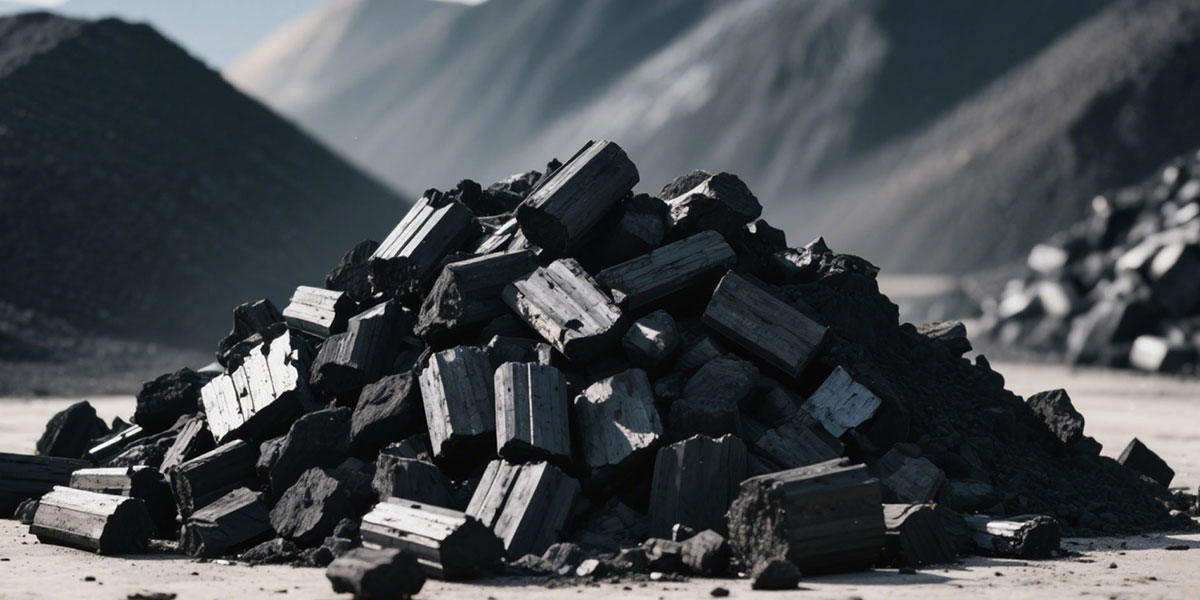
In agriculture, biochar serves as a high-quality soil conditioner. It can significantly improve soil structure, enhance soil fertility, and increase its water and fertilizer retention capacity. Its porous structure allows it to absorb nutrients and water from the soil, creating a more favorable environment for crop growth. Furthermore, biochar promotes the growth and reproduction of soil microorganisms, enhancing soil biological activity and further improving soil quality. Biochar production equipment promotes the sustainable development of agriculture.
Biochar also plays an important role in environmental protection. It can be used in wastewater treatment to absorb heavy metal ions and organic pollutants. In waste gas treatment, biochar can absorb harmful substances from industrial exhaust. In solid waste treatment, biochar production plants can reduce methane emissions from landfills.
Raw Materials for Biochar Production
Biochar production plants rely on a rich variety of raw materials, which impart unique qualities and properties to biochar. Wood, particularly pine and hardwood, is a common raw material. It offers high carbon content and calorific value, making it an excellent choice for producing high-quality biochar. The high lignin content helps wood form a stable biochar structure during biomass pyrolysis, resulting in high porosity and excellent adsorption properties.
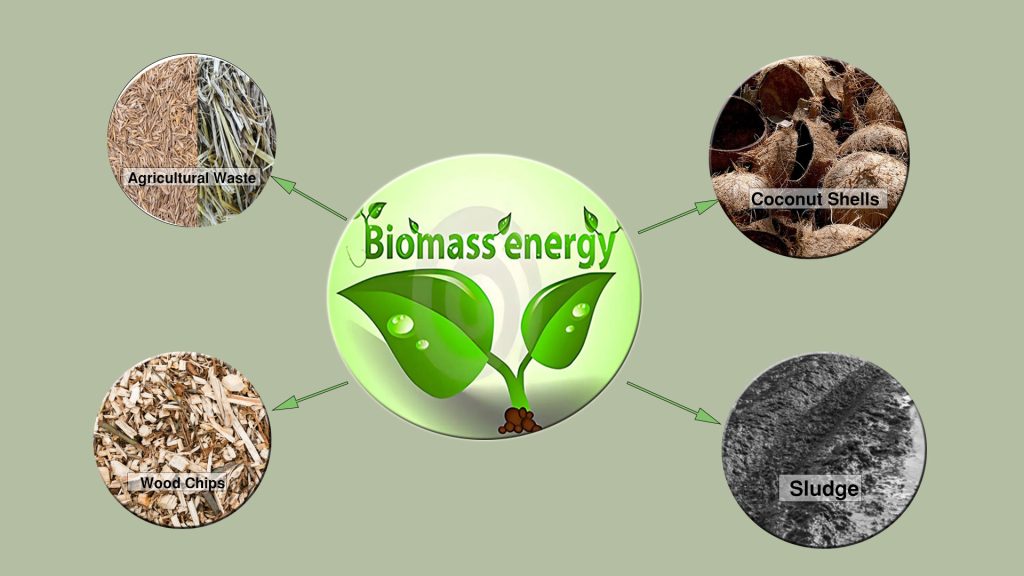
In areas with abundant forestry resources, biochar is produced from wood processing scraps and waste wood. This effectively utilizes resources and reduces waste emissions.
Crop straw, such as wheat straw, corn straw, and rice husks, is also an important raw material for biochar production. These straws are rich in cellulose and hemicellulose, which, upon pyrolysis, produce biochar with excellent porosity and adsorption properties. Straw biochar not only improves soil structure and fertility, but also reduces the use of chemical fertilizers.
In addition to wood and straw, green waste such as grass clippings, leaves, and pruned branches can also serve as raw materials for biochar production. The maintenance and greening of urban gardens generates a significant amount of waste. Properly collected and processed, this waste can become a valuable raw material for biochar production plants.
Animal manure also offers unique advantages. This raw material often contains high levels of nutrients such as nitrogen and phosphorus. Biochar produced from this material can be used as a fertilizer, enhancing soil fertility. Livestock manure biochar not only provides nutrients to the soil but also improves the soil’s microbial environment.

